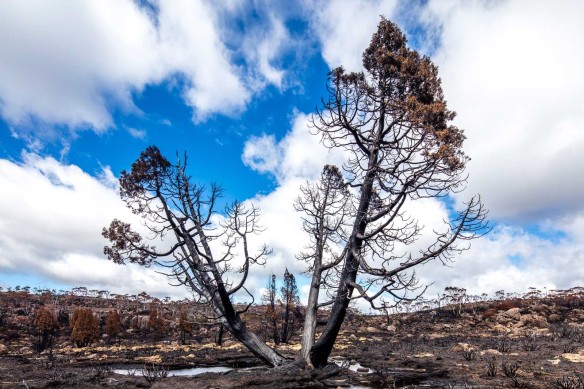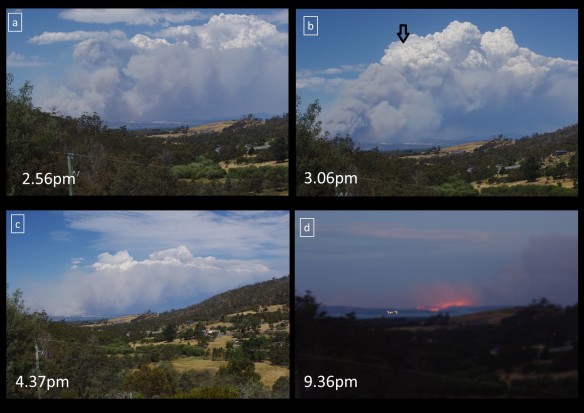
Searching for children’s STEM (Science Technology Engineering and Mathematics) based gifts isn’t hard. A google search will turn up items like building blocks, Lego, electronic/snap circuit sets, robotic kits, electronic toys, K’NEX, telescope, test-tube kits, science in a box kits etc. etc.
While these choices are great, why not instead buy something different – like the younger versions of the toys – tools, I mean tools- that ecologists use?
Despite much searching I couldn’t find any useful lists on the web to refer you to. So I’ve made my own based on my childhood, presents we have been given, suggestions given to me and from the experience of having four children of my own.
This list is sorted from least to more expensive; these gifts will keep on giving and fuel the ecologist in any child.








